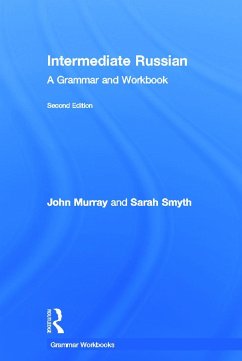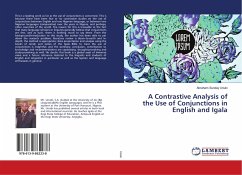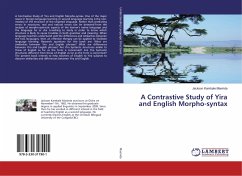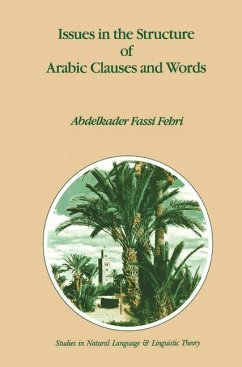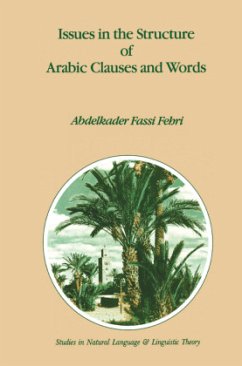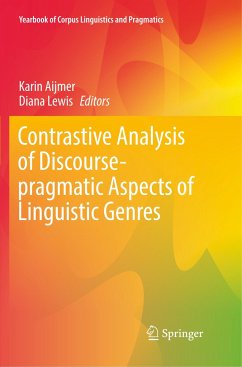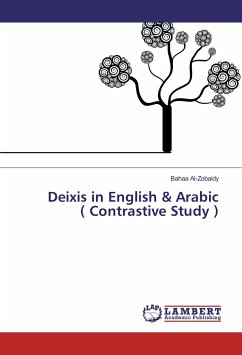
Deixis in English & Arabic ( Contrastive Study )
Versandkostenfrei!
Versandfertig in 6-10 Tagen
24,99 €
inkl. MwSt.

PAYBACK Punkte
12 °P sammeln!
This book aims at investigating the ways in which deixis are identified in Standard English and Standard Arabic. It is an attempt to show the similarities and differences existing between them on the syntactic and semantic levels. They are realized by the same grammatical elements, like personal pronouns, demonstratives, some adverbs of place and time and tenses of the verb. The conclusions revealed that two are some points of similarity and difference within the above languages regarding person, number, gender and case distinctions. The comparison manifested a great similarity between the two...
This book aims at investigating the ways in which deixis are identified in Standard English and Standard Arabic. It is an attempt to show the similarities and differences existing between them on the syntactic and semantic levels. They are realized by the same grammatical elements, like personal pronouns, demonstratives, some adverbs of place and time and tenses of the verb. The conclusions revealed that two are some points of similarity and difference within the above languages regarding person, number, gender and case distinctions. The comparison manifested a great similarity between the two compared languages and this result supports to a great extent the concept of universalism.



